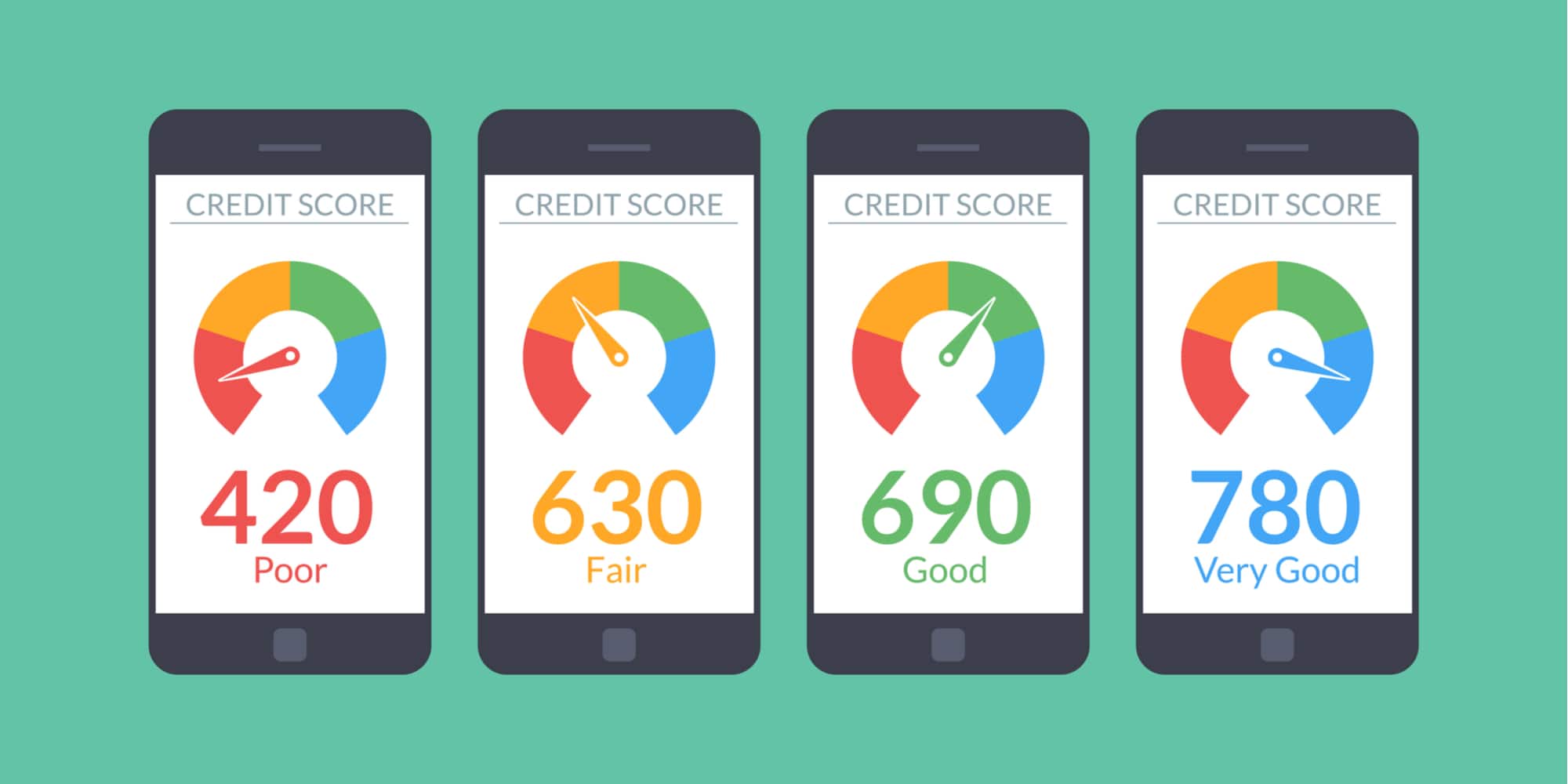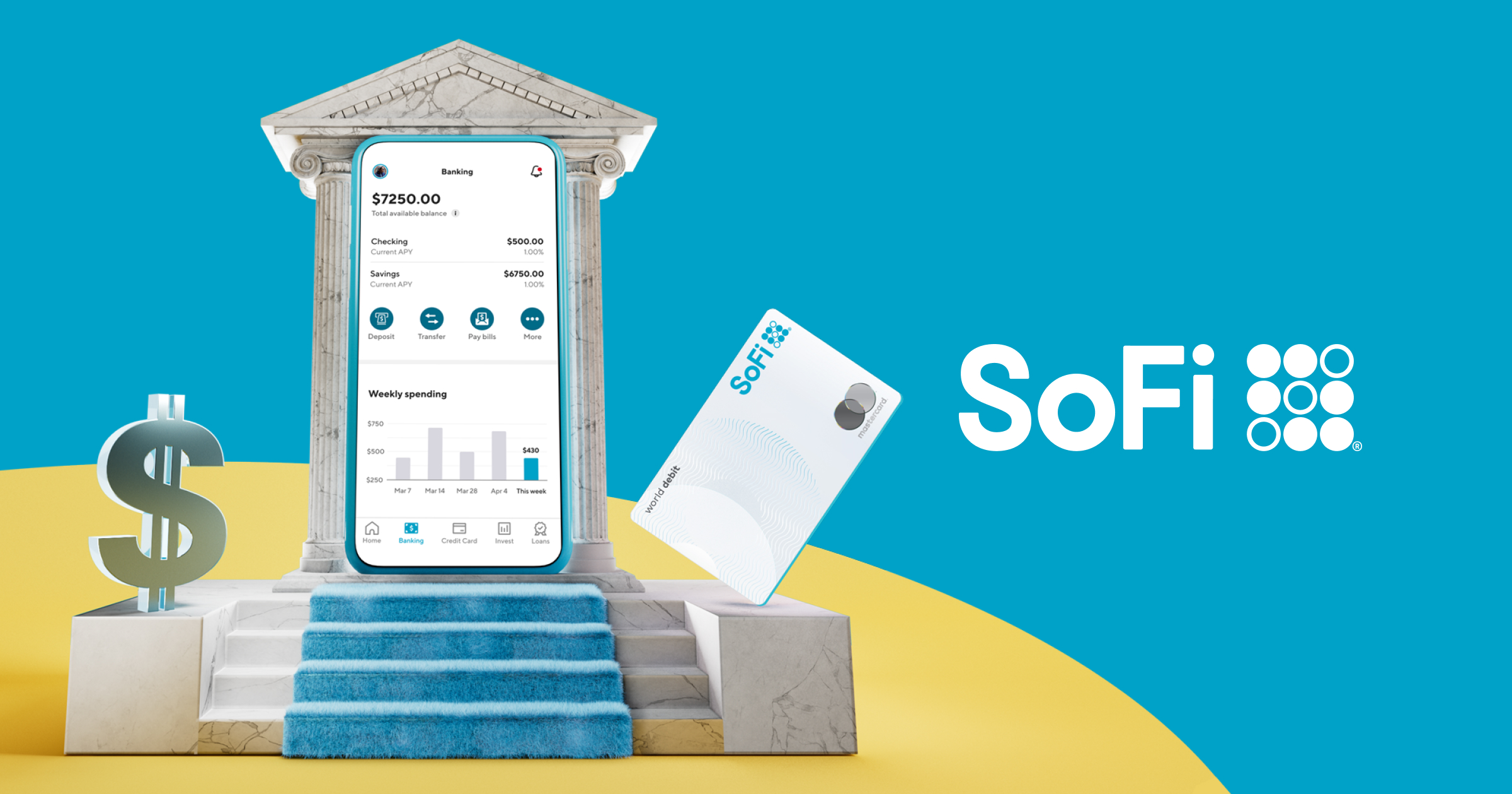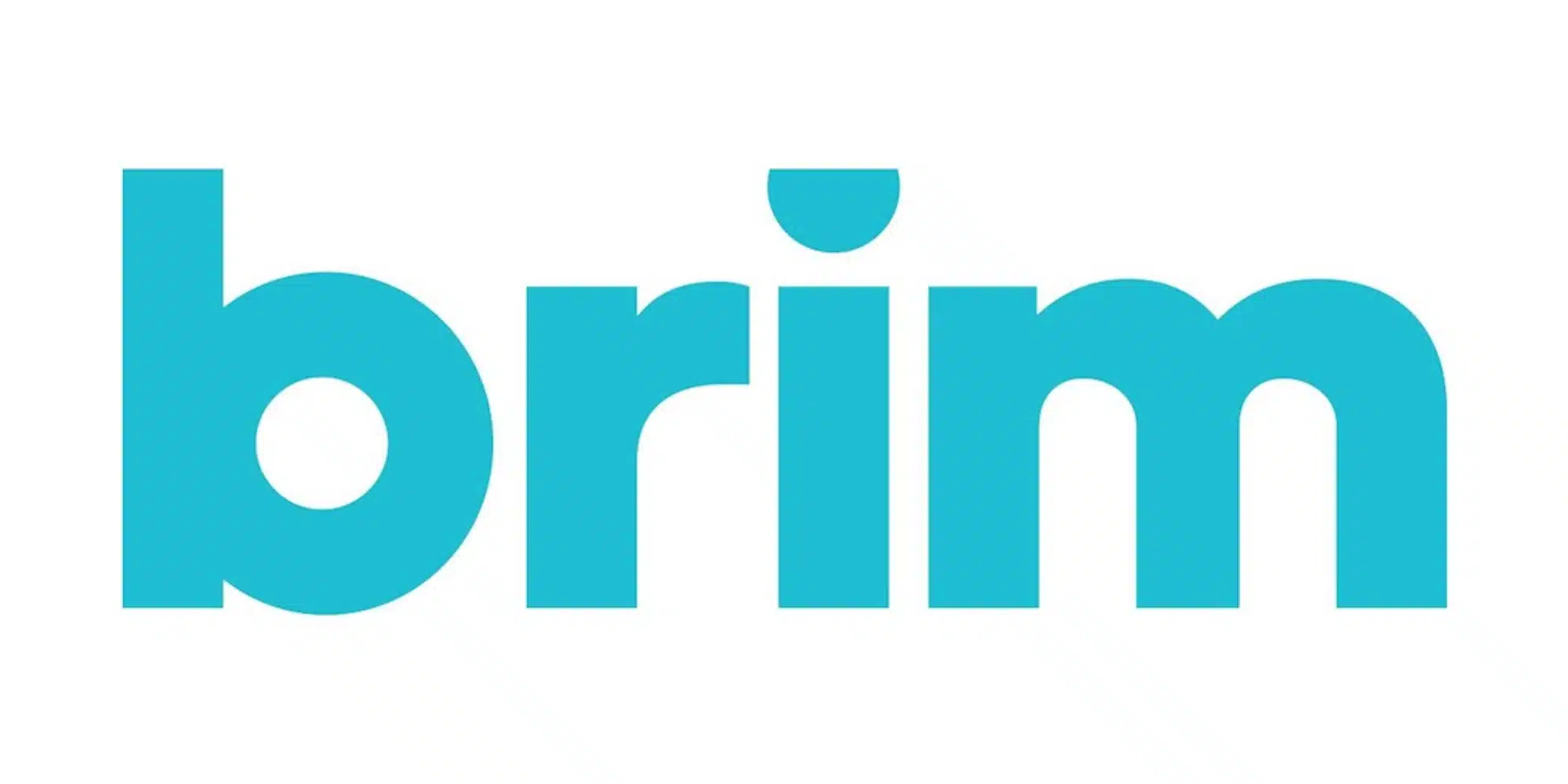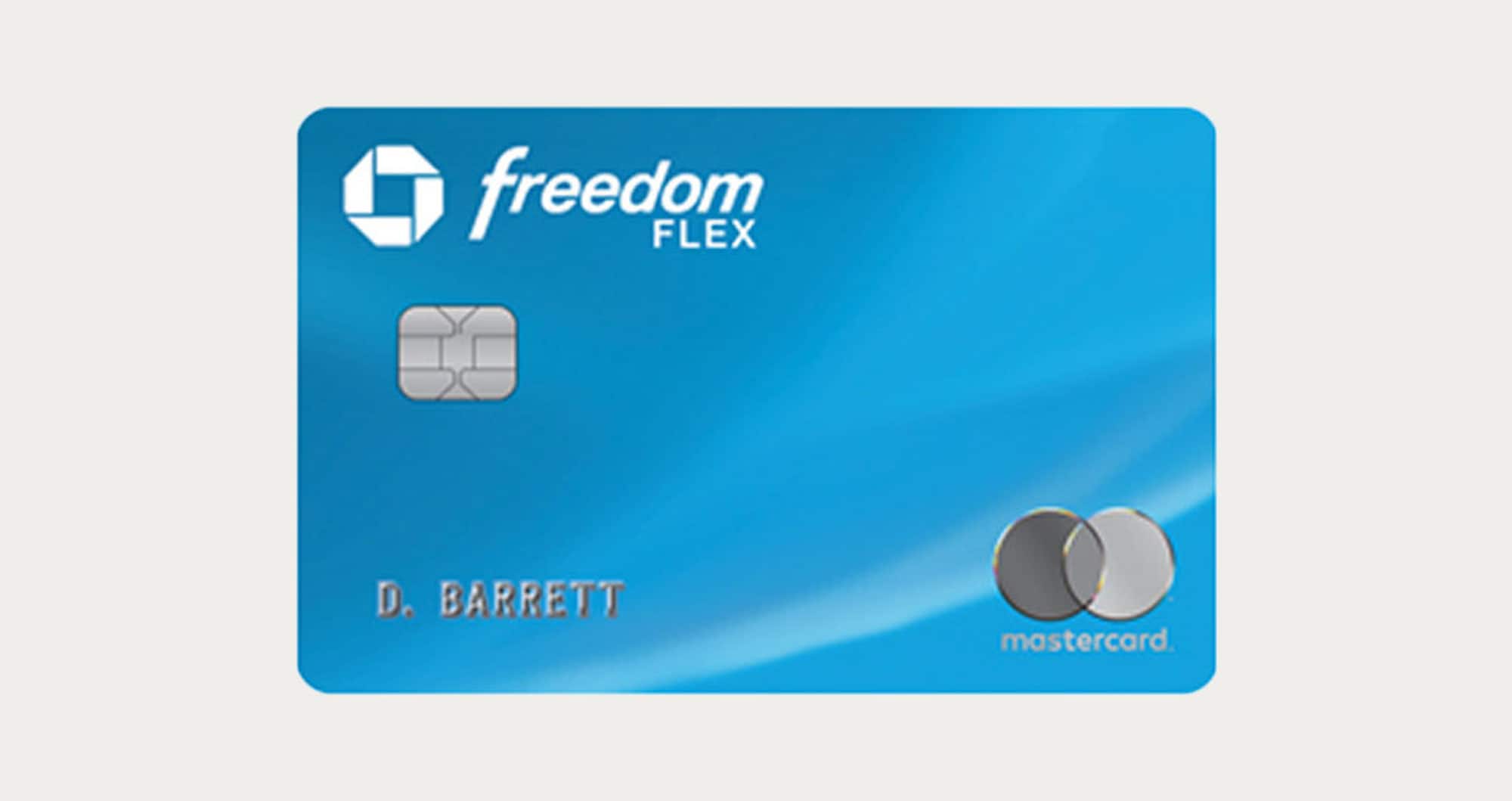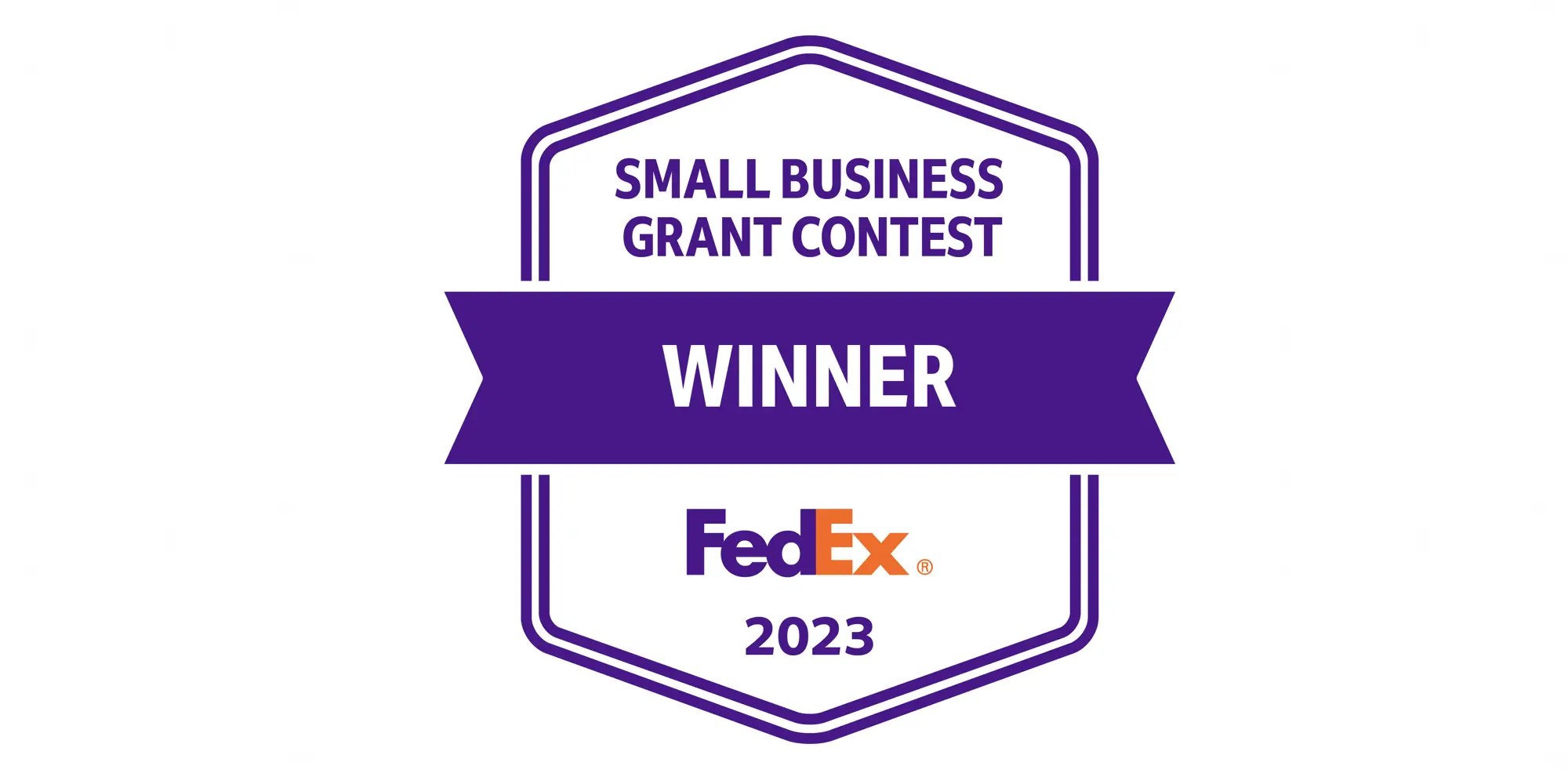
Credit Card Reviews
Money at 30: Vital Card Review – What You Need to Know
In the many months since I started doing this column, I’ve not only learned a lot about various personal finance topics but also found a strong interest in both personal finance apps and rewards credit cards. That’s why I was interested to come across an “upcoming” credit card that promises to introduce a social element that has made so many apps — financial or otherwise — so popular. Dubbed the Vital card, this offering started soliciting users to spread the word prior to the product debuting.
Because Vital is not yet available for me to test out, this review will be a bit different from some of my others. Instead of reviewing Vital as a credit card, I want to discuss the concept it presents, some of the questions I have, and whether I think it can ultimately succeed. Additionally, since it’s been more than a year since I initially wrote about this card, there are a few updates and notes I want to make regarding the potential product. So, first, let’s take a look at what the idea behind Vital card is.
 Vital Card’s Concept
Vital Card’s Concept
Vital is billing itself as “the credit card that pays to share.” Their idea for making this goal a reality is to keep track of how many people each user refers to the card, with more shares equating to a larger share of a communal pot or “Cash Rewards Pool.” This number is what they’re calling your Referral Score (formally Vital Score under a previous proposal) and their website has a calculator that will estimate your earnings based on the number of people you refer. In addition to the points you receive for direct referrals, you’ll also accrue points for shares made by your referrals and even referrals those users then make.
If you’re like me, that description of Vital’s proposed model may have just triggered an immediate and severe sense of dread. After all, reading Vital’s pitch on paper makes it sound unmistakably similar to those of multi-level marketing (MLM) companies and pyramid schemes. Luckily, Vital addresses this directly in their frequently asked questions section. There they note that, unlike MLMs and others, Vital does not require users to buy anything up front or ever sell anything. Honestly, I found that explanation fair, although there is one asterisk to it that I’ll get to a bit later.
Back to the Referral Scores, one example the site lists is based on you referring just 10 people. Under their methodology, your score would be around 280 (four points for each of your referrals, two points for those they refer, and one point for people they sign up). With that score, you’d receive $525 a month for using the card. That sounds pretty darn impressive, but there are some major caveats in regards to how they arrived at that number. First it assumes that your referrals each refer four other users. Next the figure is based on there being 100,000 Vital users each spending $1,500 on their card in order to fund the Cash Rewards Pool. Obviously those are some huge assumptions and so I’d take your estimated earnings with a shaker of salt. That said, I’m still not writing off Vital’s concept as I actually think it could be a winner — assuming the credit card aspect also makes a strong sell.
Vital’s Credit Card Features
While the social sharing aspect is what makes Vital unique, it’s easy to forget that the card will function like a normal credit card as well. From the details currently available, Vital will either be a Mastercard or a Visa, with the company’s head of marketing (as of February 2018) Dylan Satin telling me it will most likely be the latter. Aside from the Cash Rewards Pool they may be eligible for, cardholders will also receive 1% cash back on any purchases they make. Additionally, true to their word about not making users spend money upfront, Vital will carry no annual fee.
As I mentioned earlier, there’s another important detail about how Vital’s proposed Cash Rewards Pool works: users will need to spend $250 a month on their card in order to be eligible to receive their share. However, when asked to clarify what this policy meant, Satin confirmed to me that users who spend less than $250 a month on their Vital card will still receive the 1% cash back on their purchases. While that spending requirement might be a turn off to some, it is admittedly an understandable threshold in my eyes (although, had the 1% offer been contingent on the spending cap as well, I’d have taken issue).
Cash back tiers
Speaking of cash back, since I originally wrote this review, Vital has altered its proposal to include different cash back tiers. While everyone will still receive at least 1% back on their purchases, the plan is to now allow users to compete for higher levels of return. This would see the cardholders with the highest “Activity Points” each month earning 5% cash back, a subsequent group getting 2% back, and everyone else’s keeping their standard 1%.
According to their site, users can earn Activity Points “by completing pre-determined monthly activities that are based on good credit behavior, socially responsible spending, life experiences, and daily spending.” That’s pretty vague and it’s also unclear how many cardholders will earn the top reward each month. However, it does seem that Activity Points are separate from Referral Points, meaning users could potentially earn extra cash back as well as monthly bonuses.
Questions about Vital
Beyond that basic info, there are still some blanks to fill in as they relate to Vital’s credit card operations. Although the company is reportedly in negotiations with various banks, I’ve been informed that a final partner has yet to be chosen. This choice will also determine other elements and perks of the card, such as whether they will charge foreign transaction fees according to Satin. In fact, the only other details currently announced are that the card will have “competitive APRs” and will only be open to U.S. residents at launch.
On that note, another big question is when the card will launch. When it was introduced to me, the plan was to roll it out in fall 2018 and even expand to international markets in 2019. Now the site says applications should open in “late 2019.” Let’s just say I’m not holding my breath.

Signing Up for Vital Card
Although the process of applying for a Vital card will eventually be handed over to whichever bank the company chooses to partner with, that hasn’t stopped Vital from trying to get the word out now. Currently users can sign up and start sharing their own referral links with just an e-mail address (the site will also ask you to share on social media before accessing your account). Once you finish signing up, you can keep track of your referrals and unlock additional benefits. For example just two referrals will give you access to premium card colors, five will grant you founder status, and 25 will get you priority access when the card launches. Importantly, any referrals gained in this pre-launch period will count toward your Vital Score after launch. However keep in mind that not all of your referrals will convert to actual credit card users, so best to grab that salt shaker once again.
Vital also currently has a leaderboard where you can see how you rank compared to other pre-launch users. As it stands the top user has a network of 3,679 for a Referral Score of 9,133. By their estimates, that would equate to $17,124 in monthly cash rewards — which I’m pretty sure anyone would kill to have. That said, you can bet that number will fall if/when the card actually does launch. Plus, of course only a few will ever reach such heights.
Final Thoughts on Vital
I’ll admit that I was extremely skeptical of Vital from the moment I saw their opening copy. After doing more research, I was actually really fascinated by their clever concept. Of course, this interest also comes with concern.
For one, although Vital’s FAQ rightfully notes (and Satin reiterated to me) that credit card rewards are not typically taxed, I can’t help but wonder whether any success of the card’s model might cause that to change. Furthermore, when I asked Satin whether rewards would be statement credits or deposited to users’ bank account, he said Vital would offer both options, although direct deposits would charge a small fee. If that’s the case, I could easily foresee a scenario where Vital’s cash rewards qualify as income in the eyes of the IRS — but I am by no means an expert and will take Vital at their word for now.
Funny enough, in the time since Vital first announced their intentions, someone else has seemingly beaten them to the punch. The FinTech Zero recently rolled out a somewhat similar social twist for their Zerocard. Under their model, users can up their cash back percentage, increase their savings account interest rate, and obtain cooler metal cards by referring friends. Sure it’s not exactly the same as it doesn’t get into “friend of friend” referrals but it does steal a bit of Vital’s thunder.
As for whether I would ever use the card, the answer is “it depends.” At this time I think I’d prefer sticking with the mix of cards I have than trying to put everything on the Vital card in hopes of earning an unguaranteed 5%. Of course, a large monthly referral bonus would certainly change my tune, but I can’t really refer people if I don’t think the card is their best option.
Ultimately, as concerning as it may look at first glance, I have few qualms about Vital Card’s proposed concept and think it could even be a hit. Moreover, since all that is currently required to sign up is an e-mail address, there’s not really that much harm in giving it a shot at this juncture. That said, I’m am downgrading my prospects on Vital ever actually making it to market. I wouldn’t be surprised to see the timeline switch to “late 2020” as the months go on. Cynically, I wonder if those behind this card might eventually just leverage the e-mail list they’re now growing to boost whatever their next venture might be. With that, perhaps I was right to approach this review as an assessment of the idea since, in all likelihood, that’s all Vital Card will ever be.




